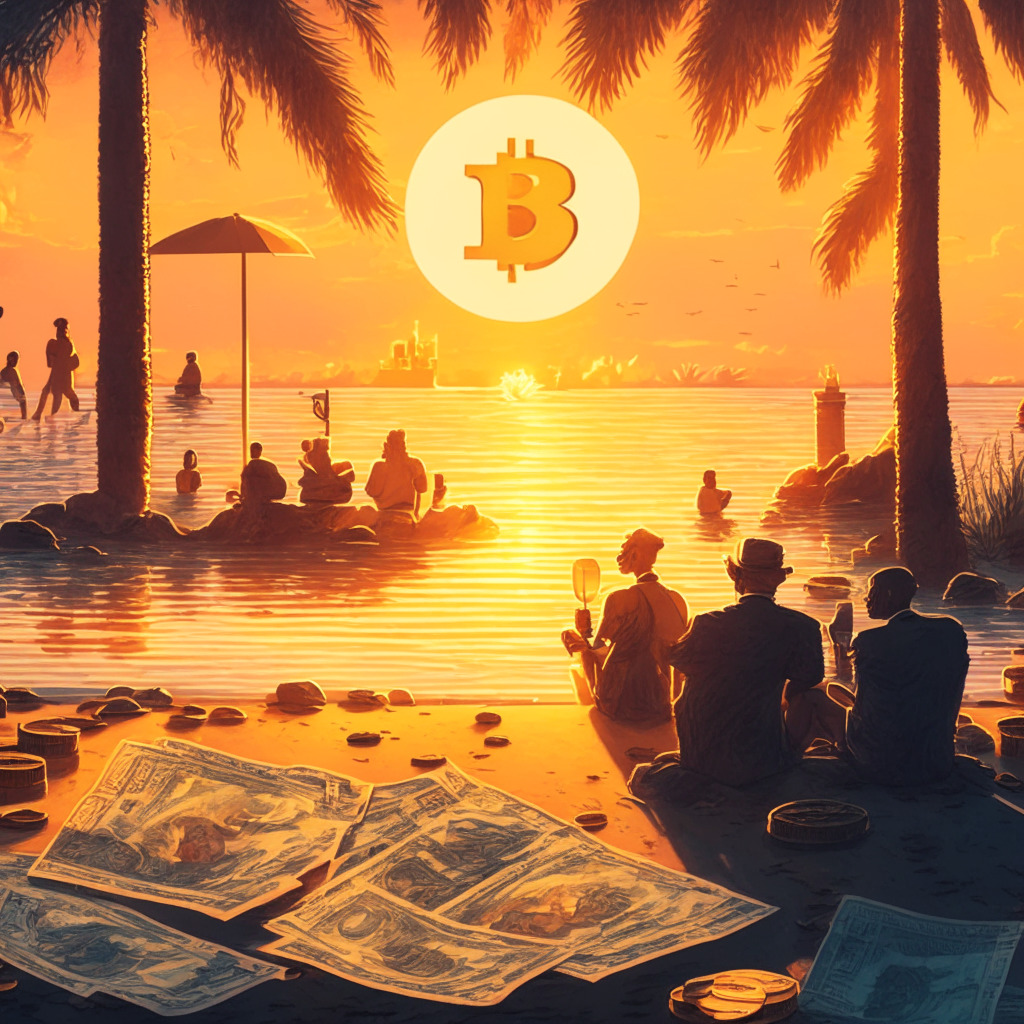For crypto investors, the late summer months seem to be a time for relaxation on away from the volatility of cryptocurrencies. There are plenty of reasons to sit back – whether it is an unexpected flurry of excitement around potential bitcoin spot ETFs or the enforcement of upper and lower price support levels. Regardless, the focus seems to be drifting away from the crypto market, towards other matters, such as a well-deserved break.
Under this relative serenity, there’s an undertow of activity – not in cryptos, but in the fixed-income market. The U.S Treasury is increasing its borrowing through bond issuance, prompting Fitch to downgrade the U.S. debt rating from AAA to AA+, following S&P’s similar move a decade ago. This raised the speculation whether this move might have swayed the digital asset prices too?
Interest rates and cryptos? How intertwined are they, you ask? Well, the relationship is intricate, to say the least, and is influenced by an array of factors such as an opportunity cost. Investors may find Bitcoin and other cryptocurrencies more appealing in a low interest rate regime, pushing up their prices in such a low-yield environment. Conversely, when conventional interest rates are comparatively high, the opposite effect can occur. This doesn’t hold true for all digital assets though. For instance, Ethereum’s ether, a proof-of-stake digital asset, offers an interest rate from staking to secure its network, slightly countering the “cost of cash” effect.
Furthermore, fluctuations in rates can influence overall market sentiment. When central banks elevate rates to combat inflation or slow down an overheating economy, it could signify a restrictive monetary policy. Consequently, investors may tilt away from riskier assets such as bitcoin, towards safe haven assets with reliable interest payments.
Also, interest rates are often fine-tuned by central banks in response to inflation expectations. Rising rates to tackle increasing inflation can erode the purchasing power of fiat currencies. This prompts some investors to consider bitcoin as a hedge against inflation and drives its price upward. However, if the central bank’s credibility in battling inflation remains solid, bitcoin prices can tumble due to the increased interest rates.
Overall, the question remains: Has bitcoin been affected by the recent surge in interest rates? Analysing bitcoin’s price history against interest rates and the EUR/USD spot exchange rate to correct dollar movements suggests that the current bitcoin prices echo the rise in nominal and real interest rates.
Lastly, it is dedicated enthusiasts like you, who strive towards understanding the complexity and the underbelly of this novel medium of exchange- cryptocurrencies. Be it the market fluctuation or the intricacies of interest relations, the aim is to untangle the conundrum that is crypto-market. And as they say, knowledge is the best investment one can make.
Source: Coindesk




